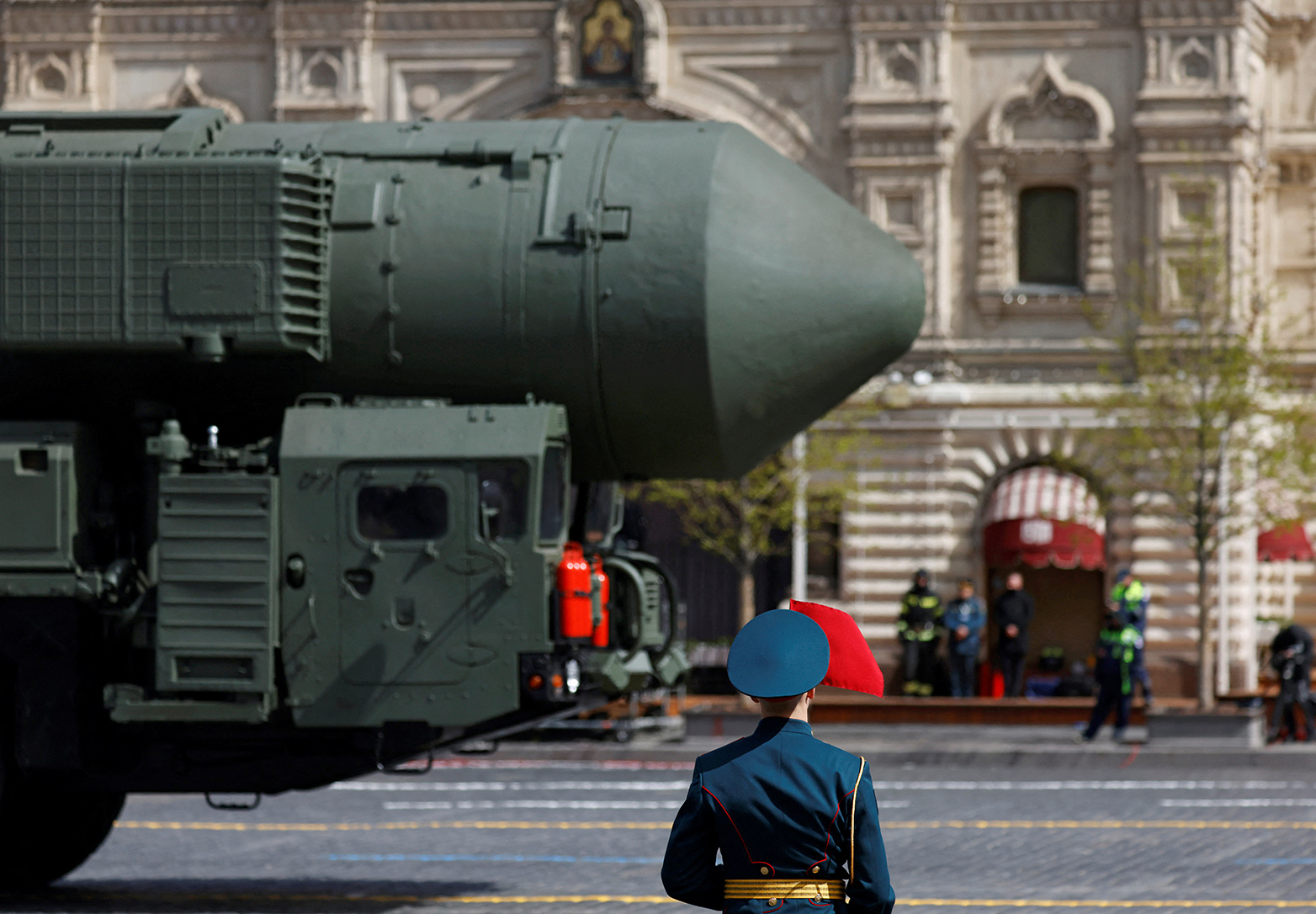Russia as a Nuclear Power
Against the backdrop of its invasion of Ukraine, Russia continues to modernize its nuclear forces. Nuclear weapons remain a central part of Moscow’s strategic arsenal, including as tools of coercion. While arms control initiatives are critical to mitigate the dangers associated with nuclear weapons, a credible nuclear deterrent on the part of NATO remains a prerequisite for their success, argues Oliver Thränert in this CSS Analysis.

Russia’s invasion of Ukraine underscores the importance of military power in international relations. This applies not only to the conventional weapons used but also to Moscow’s nuclear arsenal. Though not directly used in the conflict, the shadow of nuclear war still looms large across the war. Russia’s President Putin made this clear, for example, in a speech on 21 September 2022, when he spoke of wanting to use all available means to ensure Russia’s territorial integrity. For Putin, this obviously includes occupied Ukrainian territory that has been declared part of the Russian Federation through staged referenda. As a victim of aggression, Ukraine is legally entitled to significant assistance from the international community through the UN Charter and the principle of collective self-defense under Article 51. The threat of nuclear attack is an important tool Russia is invoking to deter such assistance. States that do provide aid to Ukraine calibrate their support so as not to cross unknown Russian “red lines.” For example, NATO did not establish a no-fly zone despite Ukrainian requests. The alliance deemed that risks of a direct confrontation with Moscow and potential nuclear escalation were too great.